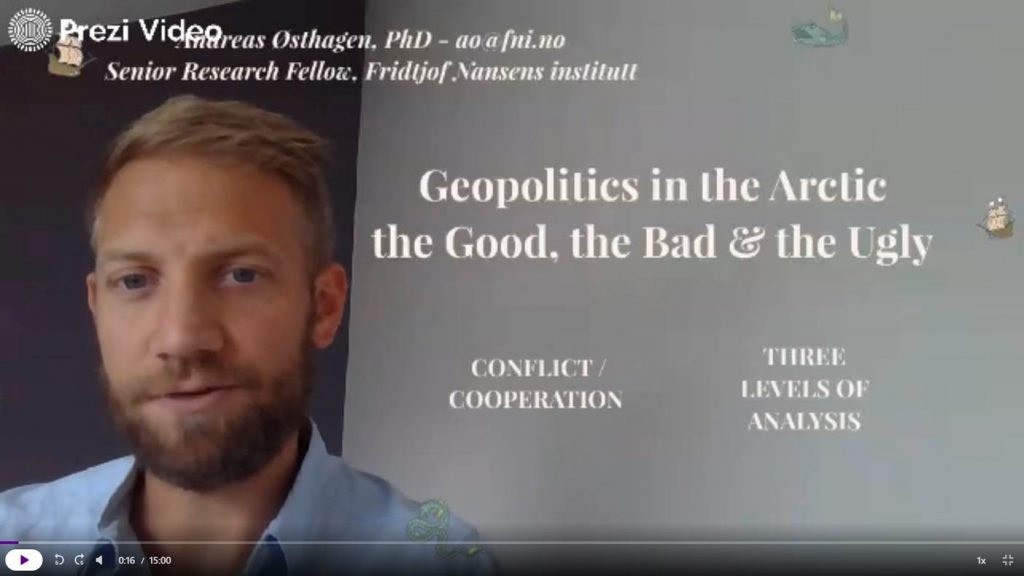“The Good, the Bad, and the Ugly” – Three Levels of Arctic Geopolitics
To better understand Arctic geopolitics, we must nuance between levels and actors. Photo: Malte Humpert
The notion of a conflictual Arctic and great-power politics continues to make the headlines. The newly confirmed U.S. Secretary of the Navy, Kenneth J. Braithwaite, recently warned of increasing hostility in the Arctic, noting, “The Chinese and the Russians are everywhere, especially the Chinese.”1) This followed a speech given a few months earlier on May 6 2019, by the U.S. Secretary of State, Mike Pompeo, that represented a clear break with notions of the Arctic as a “zone of peace.”
And yet, the U.S., Russia (both as members of the Arctic Council), and China (as an observer) are strong supporters of cooperative Arctic mechanisms, and repeatedly stress their desire to ensure that the circumpolar region remains insulated from troubles elsewhere in surprisingly streamlined Arctic “strategies.”
Ideas of the Arctic as an arena for political competition and rivalry are often juxtaposed with the view of the Arctic as a region of harmony and shared interests.2) Such regional approaches have led to Arctic security debates being dominated by ideas of “exceptionalism”: the Arctic being unique, and separate from the geopolitical elsewhere in the world.
Moving past Cooperation or Conflict
There seems to be a confusing multitude of actors and layers of engagement in Arctic geopolitics. This brief (15-minute) presentation attempts to tackle some of these. To this end I will explore three “levels” of inter-state relations: the international system, the regional (Arctic) level, and the nuances of bilateral relations.

Labelling these three levels as “good”, “bad”, and “ugly”—an unabashed borrowing from Sergio Leone’s epic Spaghetti Western film—can shed light on the distinctiveness of each but also how they interact. Such an approach explains why the idea of impending conflict persists, and why this does not necessarily go against the reality of regional cooperation and stability. In other words, my analysis can help explain why rivalry and collaboration do co-exist in the Arctic.
References